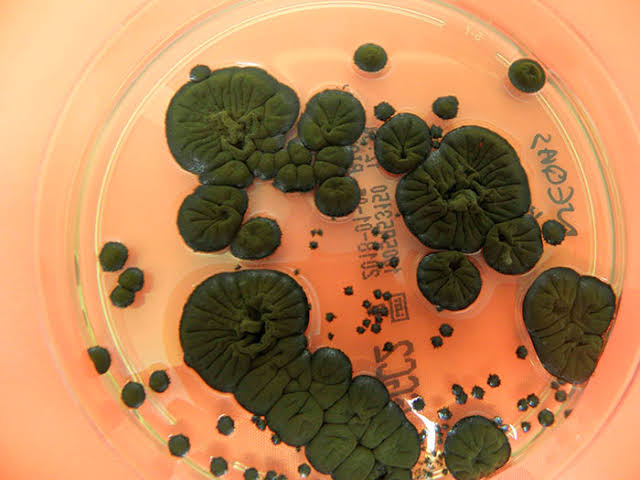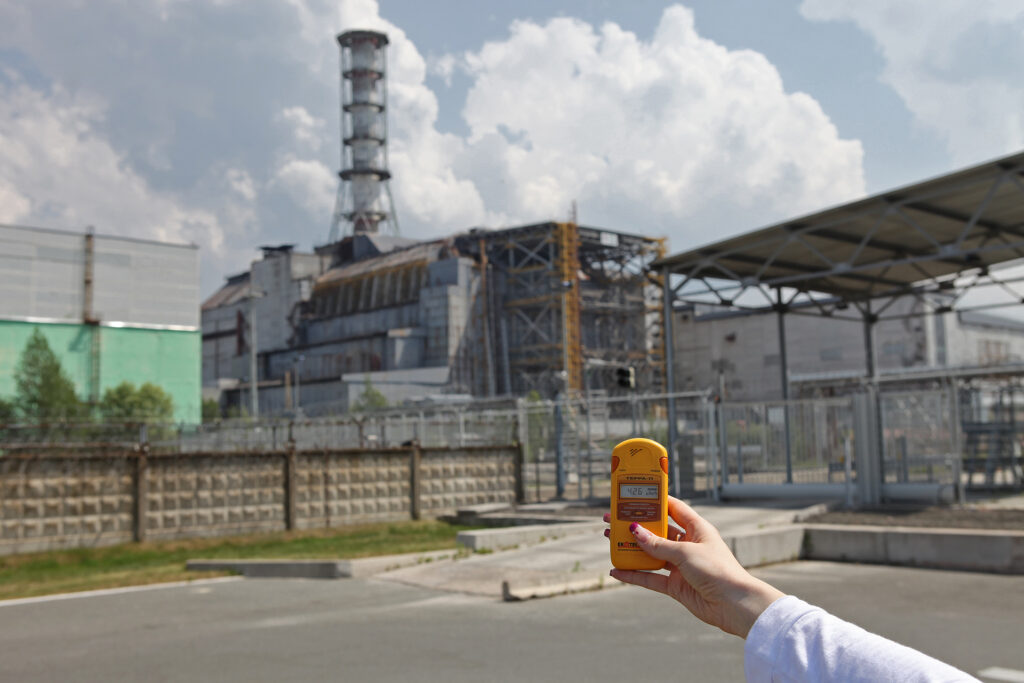In un mondo dove la tecnologia sembra prendere il sopravvento, l'arte rischia di perdere la…

Black fungus healing Chernobyl by drinking radiation
A Mysterious Survivor in a Nuclear Wasteland
In the heart of the Chernobyl Exclusion Zone, a silent and unexpected hero has emerged: a black fungus with a peculiar appetite for radiation. This extraordinary organism, Cladosporium sphaerospermum, is not just surviving in one of the most radioactively contaminated places on Earth; it’s thriving, and it might just be playing a role in healing the scars of this nuclear disaster.

A Fungal Feast
The story of this radiation-loving fungus began when scientists observed it growing in the most irradiated areas of the Chernobyl nuclear power plant, including the infamous Reactor No. 4. What shocked researchers was not just its presence but its apparent preference for these high-radiation environments. The fungus seemed to be drawn to the radiation, growing towards it as if it were a source of nourishment.
Further studies revealed that C. sphaerospermum isn’t just tolerating radiation; it’s actively using it. The fungus contains melanin, a pigment that, in this case, appears to convert harmful gamma radiation into chemical energy, much like plants use chlorophyll to convert sunlight. In essence, the fungus is “eating” radiation.
A Potential for Healing
This discovery has profound implications. It suggests that fungi like C. sphaerospermum could play a vital role in bioremediation, the use of living organisms to clean up pollution. Imagine a future where these fungi are deployed to break down radioactive waste, making contaminated areas safer.
Moreover, the fungus’s ability to thrive in extreme conditions has sparked interest in its potential use in space exploration. Could these organisms help protect astronauts from cosmic radiation? Could they even be used to terraform other planets?
Nature’s Resilience
The story of the black fungus in Chernobyl is a testament to the resilience of nature. Even in the face of a catastrophic event, life finds a way to adapt and even flourish. This remarkable fungus reminds us that the natural world is full of surprises and that even in the most damaged places, there is still hope for renewal and healing.
Further Exploration
The study of radiation-eating fungi is still in its early stages, but the possibilities are vast. Scientists are continuing to investigate the mechanisms behind their radiotrophic abilities and exploring their potential applications in various fields. Who knows what other secrets these remarkable organisms hold?


